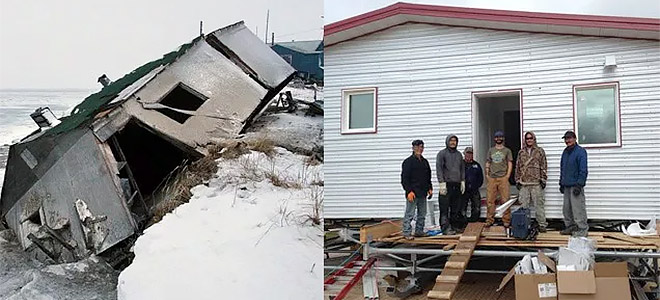
by Elizabeth Arnold
Harvard Kennedy School’s Shorenstein Center
May 29, 2018
The Climate Change Narrative: “Fear, Misery, and Doom”
The importance of narrative in telling the climate change story cannot be underestimated. American sociologist Herbert Blumer developed the view that social problems are not just a reflection of objective conditions, but rather projections of collective views, that “a social problem exists primarily in terms of how it is defined and conceived in society.” Many Americans have not experienced the effects of climate change personally. Most however, have already formed some kind of opinion about it. “Global climate change did not necessarily come into worldwide consciousness through local experience but rather through global public discourses.”
An early mention of climate change in 1957 by Robert C. Cowen in the Christian Science Monitor, titled “Are Men Changing the Earth’s Weather?” began to assign blame.
Industrial activity is flooding the air with carbon dioxide gas. This gas acts like the glass in a greenhouse. It is changing the earth’s heat balance. It could bring anything from an ice age to a tropical epoch…Every time you start a car, light a fire, or turn on a furnace you’re joining the greatest weather “experiment” men have ever launched. You are adding your bit to the tons of carbon dioxide sent constantly into the air as coal, oil, and wood are burned at unprecedented rates.
In their early reporting of the science, journalists helped to establish the concept of human caused climate change in the public mind.
ver the past several decades, as media coverage of climate change has grown, so has academic research of the coverage. A key study was that of the Boykoff brothers, Jules Boykoff, a political scientist, and Maxwell Boykoff, a climate and media researcher. In an analysis of four major American newspapers between 1988 and 2002, they concluded that journalists, by relying on their traditional norm of balance, had introduced a false equivalence into coverage. What’s known as “false balance” or “balance as bias,” is the practice of adding a contrarian view from an organization skeptical of climate change, for example the Heartland Institute, to “balance” the view of a scientific organization, for example the Intergovernmental Panel on Climate Change (IPCC). I, myself, recall being asked to include “another viewpoint” in early reporting about findings of the IPCC.
Maxwell Boykoff took another look seven years later and found that the same news organizations had largely self-corrected, and the “proportion of U.S. coverage” providing this so-called “balanced coverage” of climate change had “decreased from as much as one-third of coverage in 2003 to just over 3 percent in 2006.” Boykoff then called attention to a new trend of daily “fear, misery, and doom headlines and articles,” and cited research in the U.K. that found while “dramatic and fearful representations can successfully raise awareness and concern about climate change…these kinds of images were also likely to distance or disengage individuals from climate change, tending to render them feeling helpless and overwhelmed when they try to comprehend their own relationship with the issue.”
Going a step further, Boykoff teamed up again with researchers from the U.K. and specifically looked at media coverage (including social media) of the IPCC Fifth Assessment Report. Their study concluded that problems caused by climate change were deemed more newsworthy than solutions, and that coverage was fueling a sense of hopelessness. Few IPCC stories were found to have been framed “in terms of opportunities, health effects, ethical considerations, or the economics of global warming.”
Boykoff is currently director of the Center for Science and Technology at the University of Colorado-Boulder, which created a “Media and Climate Change Observatory” that keeps daily track of climate change stories in 38 countries. Boykoff says, “There’s still a pervasive doom and gloom, and this makes sense. It’s logical when you’re talking about people who are impacted by climate change, they are usually adversely impacted. But nonetheless, some of the work that’s been done in social sciences over the years has found that when these stories just focus in on doom and gloom, they turn off those who are consuming them. Without being able to find their own place as a reader, viewer, or listener in those stories, people feel paralyzed and they don’t feel like they can engage and have an entry point into doing something about the problem.” Read more …


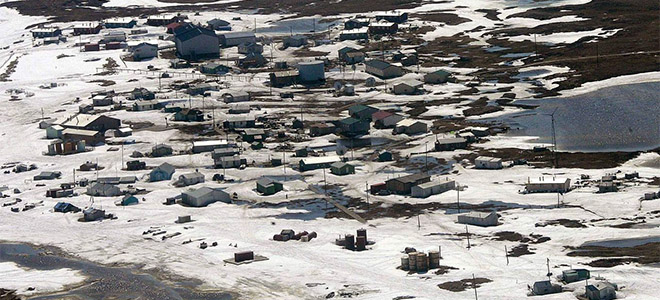

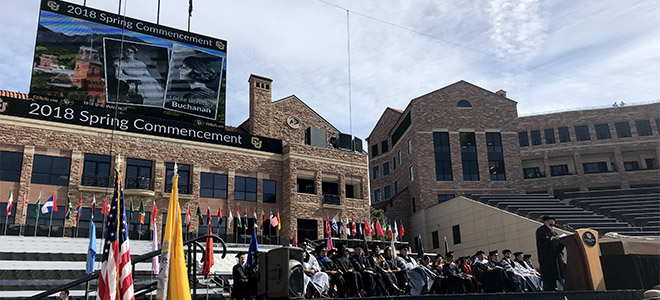

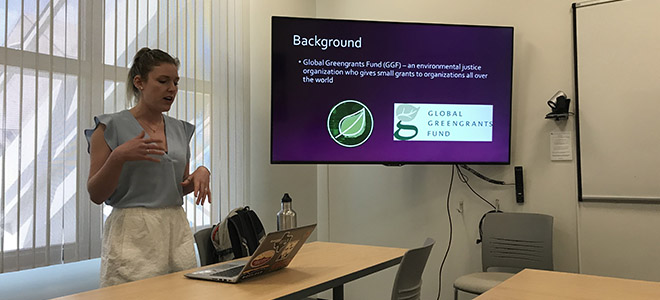
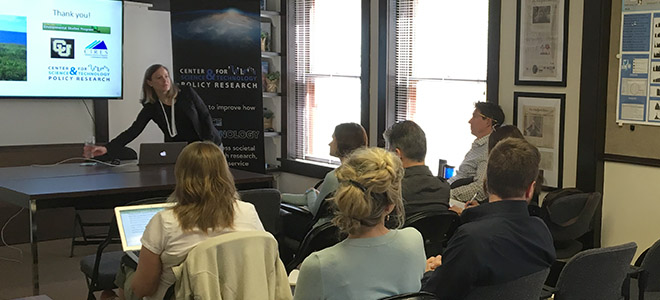
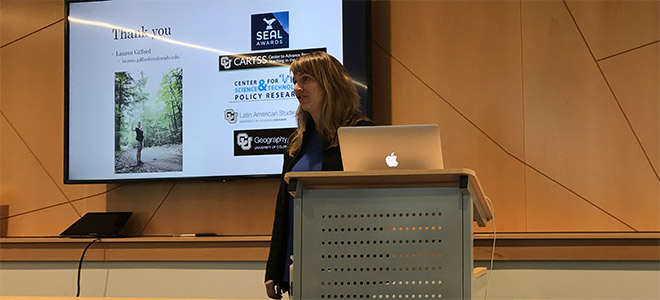

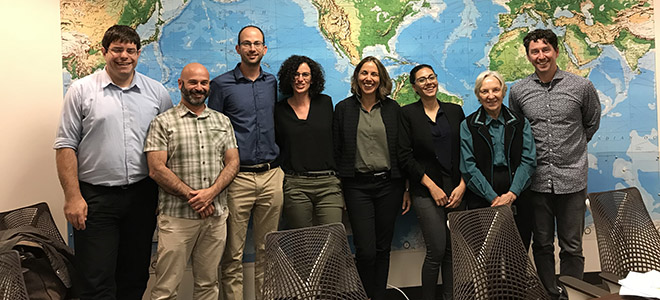
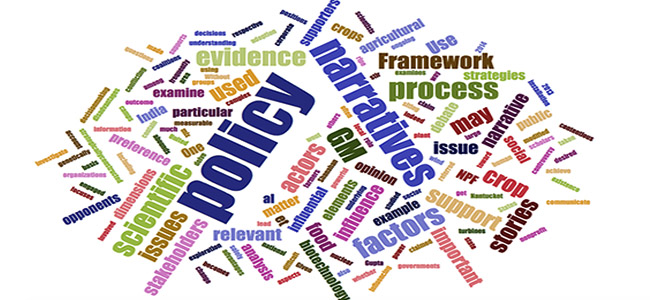
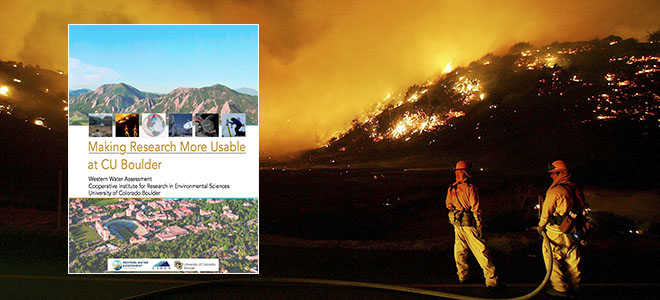
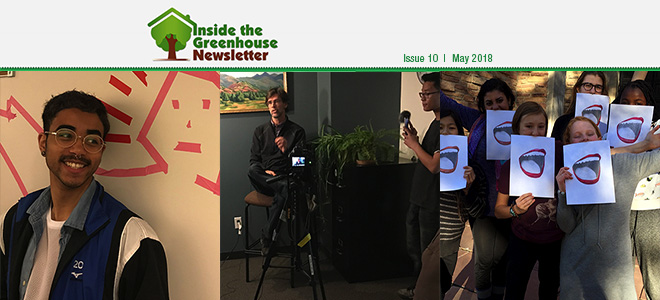

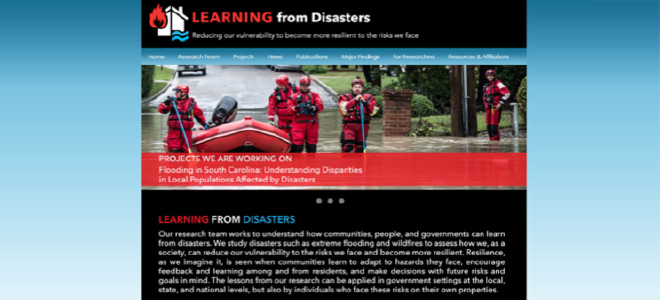
The Complexity of Consensus: Protecting the World’s Most Remote Ocean
by Cassandra Brooks
Environmental Studies, University of Colorado Boulder
Photo above: Emperor penguin and icebreaker in the Ross Sea, Antarctica (credit: John B. Weller).
Every year I travel to Hobart, Tasmania at the southern tip of Australia to study international negotiations about protecting the oceans around Antarctica. The future of our oceans demands the establishment of large protected areas and arguably we are leading the way in the Antarctic.
The Antarctic region is exceptional. The coldest, windiest, iciest, driest, and most remote of continents is celebrated for its rich history of exploration, science and diplomacy. The Antarctic Treaty System, the suite of legal agreements that govern the region, lay out strict principles in the service of peace, science, and environmental preservation.
Among these agreements, the Commission for the Conservation of Antarctic Marine Living Resources (CCAMLR) carries forward the mandate for conserving the Southern Ocean ecosystem, including its marine living resources. Fishing is allowed under the Convention, but only under strict, ecosystem and science-based management.
CCAMLR has been deemed a leader in international ocean management for its precautionary approach. In line with this leadership, in 2002 CCAMLR committed to designating a network of Southern Ocean marine protected areas in accordance with global international targets. Working towards this goal, CCAMLR adopted the world’s first international marine reserve in 2009 when they protected 94,000 km2 south of the South Orkney Islands. In 2011 they adopted a management framework to guide the protected area process.
Then in 2016, CCAMLR made headlines when they adopted, by consensus, a vast 1.6 million km2 marine protected area in the Ross Sea. This is the world’s first large-scale international marine protected area, and in a region deemed to be one of the healthiest marine ecosystems left on the planet.
My research revolves around understanding under what conditions consensus is possible in managing these global commons. In recent years, I have seen that competing national incentives among CCAMLR states and complex international relations extending far beyond the protected area negotiations stymie consensus as states negotiate power and fishing access in this icy commons at the bottom of the world.
Adélie penguins hunting in the Ross Sea, Antarctica (credit: John B. Weller).
Looking to what ultimately drove consensus in the Ross Sea can provide insight into the process of reaching consensus and understanding the necessary trade-offs. China and Russia steadfastly blocked adoption of a Ross Sea marine protected area until 2015 and 2016 when high-level diplomacy created a political window of opportunity. China’s support for the Ross Sea protected area in 2015 has been directly attributed to presidential level political meetings between the United States and China.
In 2016, Russia was isolated as the last member state not supporting the adoption of a Ross Sea protected area, not a good political position. Further, Russia had an opportunity and incentives to demonstrate leadership. Russia was chairing the annual CCAMLR meeting and was preparing to celebrate the 200th anniversary of its contested discovery of the Antarctic continent. Russian President Vladimir Putin had announced that 2017 would be a special ‘Year of Ecology’ and he had appointed a new ‘Special Representative for Ecology’.
Perhaps most importantly, the United States Secretary of State, John Kerry, wanted a Ross Sea marine protected area to be part of his legacy. With his term coming to an end, he brought the issue to the forefront with his counterparts in Russia throughout 2016.
Pressure was building both inside and outside of the meeting room for Russia to join the consensus. But before Russia would agree to adopt the Ross Sea protected area, the Russian delegation requested changes to the proposal, negotiating for a higher level of fishing to be allowed inside and around the Ross Sea protected area.
That left one outstanding issue to deal with: Duration. How long would the protected area be in place for? To meet the demands of countries who wanted to ensure future access, the protected area was adopted for 35 years. With these final concessions, consensus was achieved and the Ross Sea marine protected area was immediately a source of pride for CCAMLR member states.
In managing one of the great oceanic commons, despite political plays, CCAMLR has continued to be an international leader. No other international management body has outpaced CCAMLR in adopting marine protected areas. The Southern Ocean harbors the world’s largest marine protected area in the Ross Sea and three large areas remain under negotiation for protection: The Western Antarctic Peninsula, the Weddell Sea and the East Antarctic. Negotiations will resume in October 2018 when member states again gather in Hobart, Tasmania.
It is often unclear in the moment how a political window of opportunity opens. International consensus demands patience. It may still take some time to align national incentives and generate international diplomacy for the remaining areas to achieve protection. One thing is clear: CCAMLR has collectively agreed to designate a network of marine protected areas in the Southern Ocean and ultimately the 25 members need to find the political will to see the effort through.